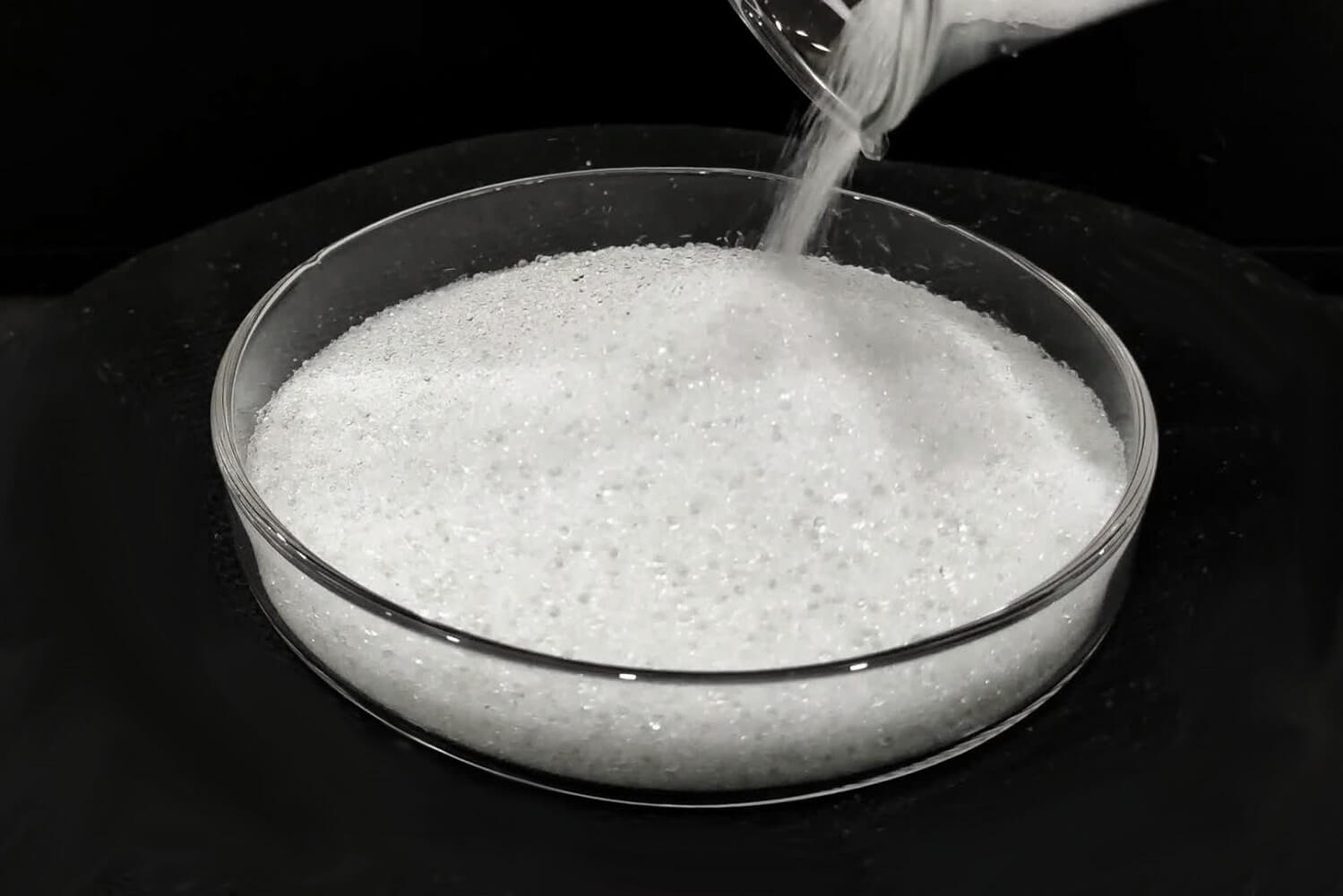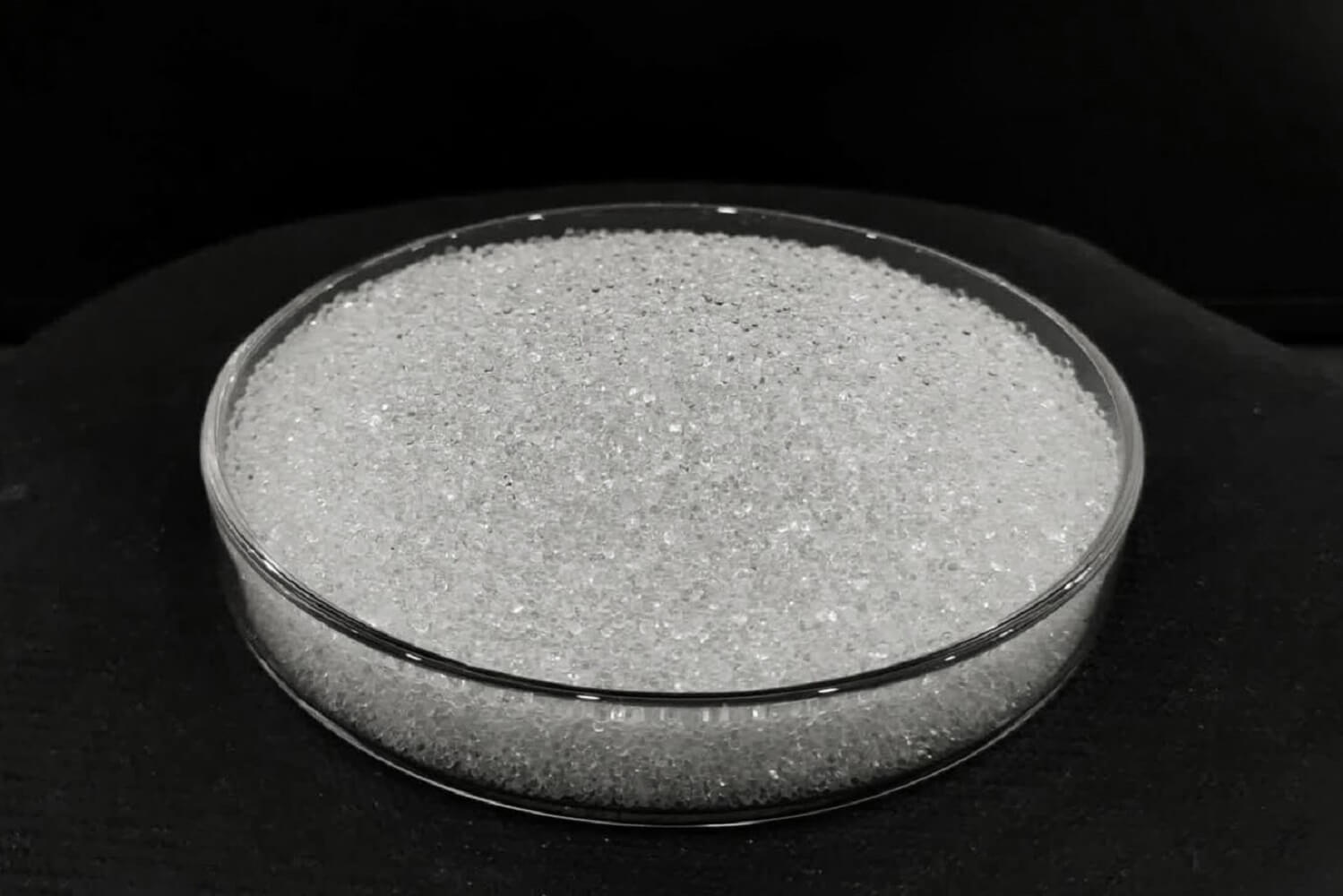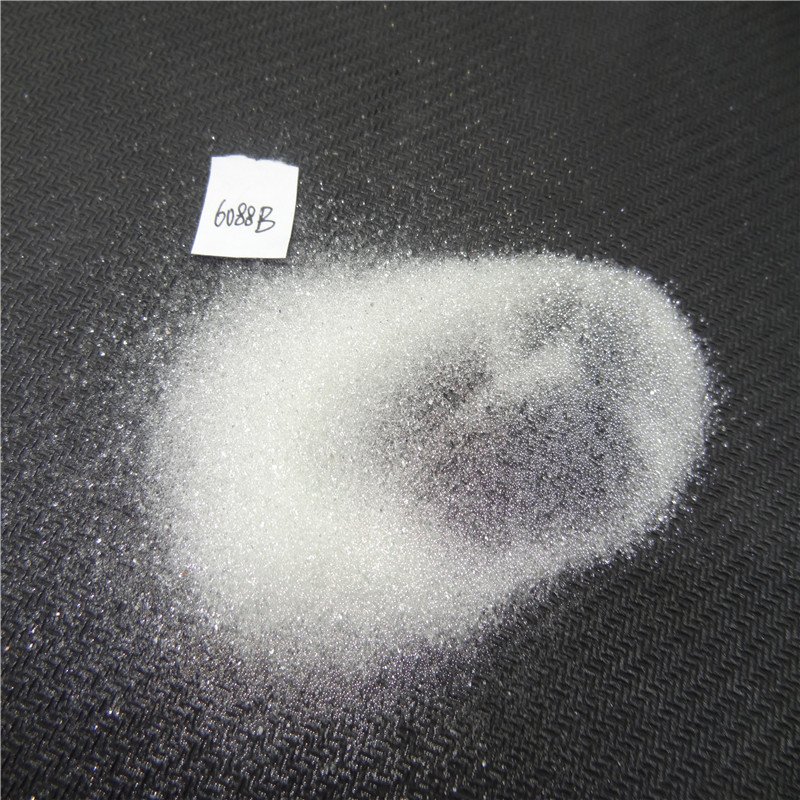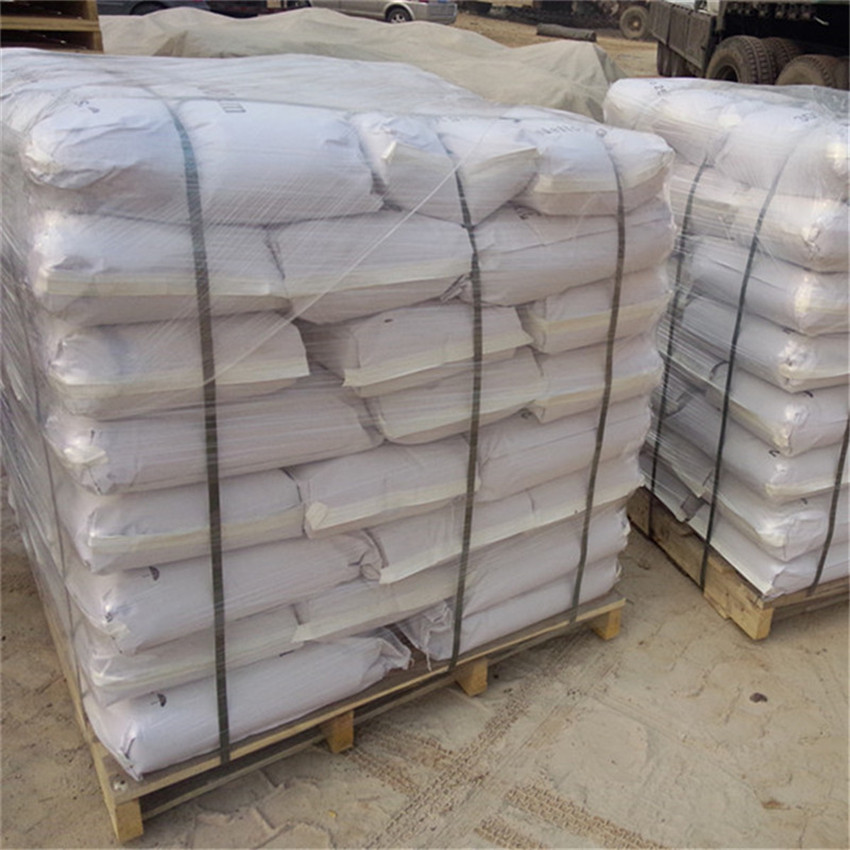Glass Beads for Sandblasting is used especially for the following materials:
- Stainless steel – final surface treatment;
- Aluminium components – before anodic oxidation or coat painting by transparent coat paints;
- Other non-ferrous metals – brass, bronze, copper;
- Surface treatment of noble materials;
- Pre-treatment before galvanization – nickel and chrome paint;
- Glass bead blasting process.
The best results are reached in a two-stage blasting process.
- Sharp-edged abrasives:
Corundum or garnet first treat the surface. The surface is unified and cleaned from any dirt, oxides, heat tint after welding, and light surface inconsistencies. At this stage, treated components gain an opaque look. After the blasting process, the surface is prone to scratches or dirt because of the fine sharp-edged relief. - Glass Beads for Sandblasting:
The metal surface is polished with glass beads in the second stage. This stage makes the sharp tops of the surface round, and products gain a nice satin look, which also lowers the visibility of any potential damage, scratches, smaller defects after welding, grinding, or spot welding. Product surface after glass bead blasting is very elegant thanks to the soft, satin look. Simultaneously, it raises the product´s corrosion resistance.
| Glass beads | |||
| Chemical Analysis | Physical Properties | ||
| SiO2 | ≥65.0% | Bulk Density | 1.5g/cm3 |
| Na2O | ≤14.0% | Real Density | 2.5g/cm3 |
| CaO | ≤8.0% | Mohs Hardness | 6月7日 |
| MgO | ≥2.5% | HRC hardness | 46 |
| AL2O3 | 0.5-2.0% | Roundness | ≥80% |
| Fe2O3 | ≥0.15% | Magnetic | ≤0.1% |
| Other | 2.00% | Bubble | ≤0.1% |
| Type | Size(μm) | Mesh |
| #30 | 850-425 | 20-40 |
| #60 | 600-300 | 30-50 |
| #80 | 425-212 | 40-70 |
| #100 | 212-150 | 70-100 |
| #120 | 212-150 | 70-100 |
| #150 | 150-106 | 100-150 |
| #180 | 106-75 | 150-200 |
| #220 | 106-53 | 150-270 |
| #280 | 75-45 | 200-325 |
| #320 | 325max | / |






Michael (verified owner) –
The product is firmly packed.